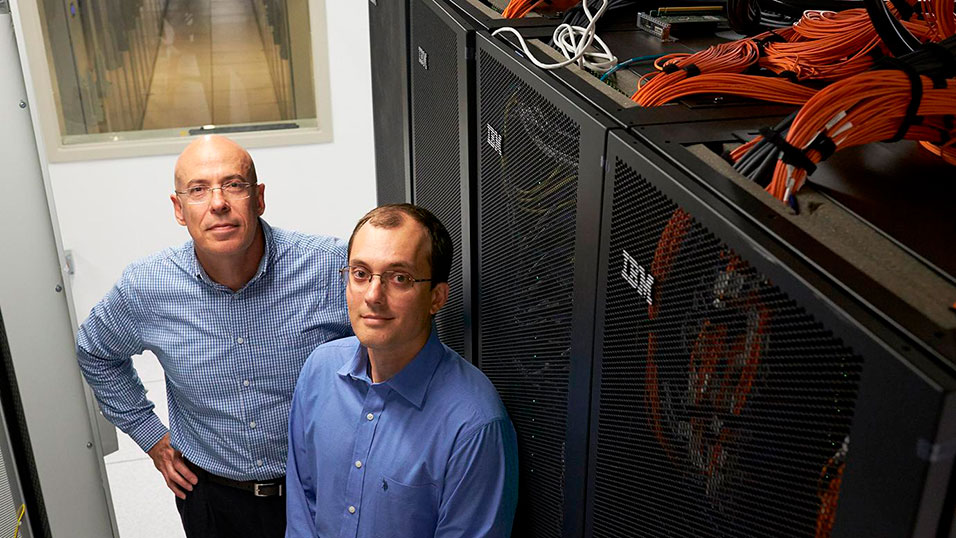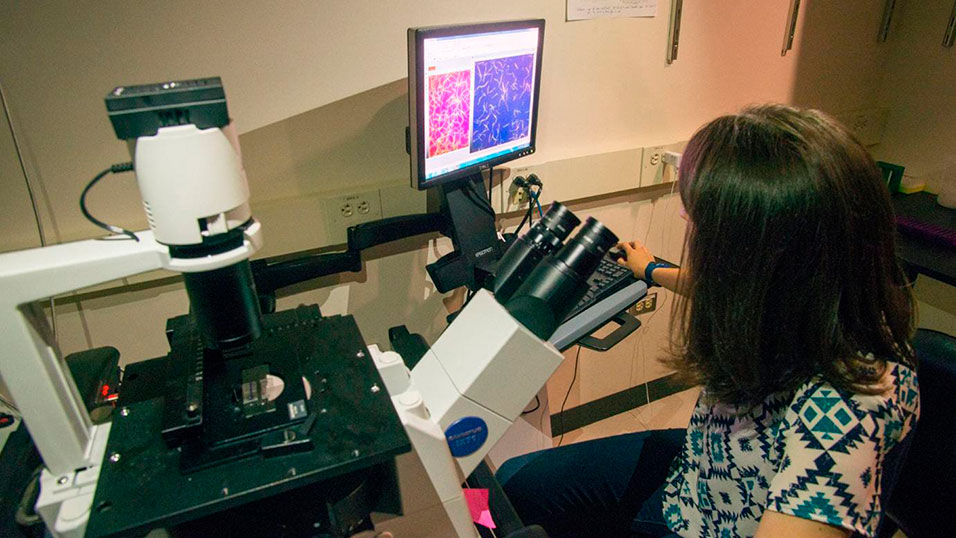CHICAGO, IL.- Imagine a plastic bag that can carry home your groceries, then quickly degrade without harming the environment. Or a super-strong, lightweight plastic for airplanes, rockets, and satellites that can replace traditional structural metals in aerospace technologies.
Machine learning and artificial intelligence have accelerated the ability to design materials with specific properties like these. But while scientists have had success designing new metallic alloys, plastics have been much more difficult to design. The molecules that make them up, called polymers, are extremely chemically complex.
Researchers from the Pritzker School of Molecular Engineering at the
University of Chicago, however, announced they have finally found a way to design polymers by combining modeling and machine learning.
By computationally constructing nearly 2,000 hypothetical polymers, they were able to create a large enough database to train a neural network to understand which polymer properties arise from different molecular sequences.
“We show that the problem is tractable,” said Juan de Pablo, the Liew Family Professor of Molecular Engineering, who led the research. “Now that we have established this foundation and have shown that it can be done, we can really move forward in using this framework to design polymers with specific properties.”
The results were published Oct. 21 in Science Advances.
Designing polymers difficult due to long strings of atoms
Polymers are made up of amorphous, disordered structures that cannot easily be defined using the techniques that scientists have developed to study metals or other crystalline materials.
Polymer molecules consist of large arrays of atoms arranged in a very long string, sometimes up to millions. Every polymer molecule is different. Not only is the length different, but the sequence in which the atoms are arranged can vary considerably.
Length and sequence have a great influence on the properties of a polymeric molecule, and the extraordinarily large number of possible length and sequence combinations is a central challenge in designing molecules with specific properties. Trial-and-error approaches are of limited use and generating the necessary experimental data to inform a rational design strategy would be very demanding.
That is where machine-learning comes in. The researchers set out to answer the question: "Can machine learning algorithms ‘learn’ how to predict the properties of polymers according to their sequence, and, if so, how large of a dataset would be needed to train the underlying algorithms?”
Creating a database to learn polymer sequences
To create the database, the researchers used nearly 2,000 computationally constructed polymers, all having different sequences, and ran molecular simulations to predict their properties and behavior. When they first used a neural network to figure out which properties were based on which molecular sequences, they were unsure if they would find a reasonable answer.
“We didn’t know how many different polymer sequences were necessary to learn the behavior of materials,” de Pablo said. “The answer could have been millions.”
Luckily, the network only needed less than a few hundred different sequences to learn the properties and predict the behavior of completely new molecular sequences. That meant that experimentalists could now follow a similar strategy and create a database to train a machine-learning network to predict the properties of polymers on the basis of experimental data.
Next, the researchers needed to use the information that was learned by the neural network to actually design new molecules. Their results showed, for the first time, that they were able to demonstrate the ability to specify a desired property from a polymer molecule and use machine learning to generate a set of sequences that would lead to those properties.
Designing specific polymers
Though the system was trained to understand only a certain kind of polymer, the potential implications could extend to many kinds. Not only could companies design products that are more environmentally friendly, they could also design polymers that do exactly what they want them to do.
Polymers are routinely dissolved in solvents for paints, cosmetics, drugs, medical solutions, and foods to control the flow of liquids, for example. Polymers are also used in a wide range of advanced technologies, ranging from aerospace applications to energy storage to electronic and biomedical devices. Designing polymers with high precision for specific applications could allow companies to engineer materials in a more affordable, easier, and more sustainable manner.
Next, the research group hopes to involve experimentalists in the development of some of the polymers they designed and to continue to refine their system to create even more complex polymers. By relying on robotic systems for high-throughput synthesis and characterization of new molecules, they hope to extend their database to include experimental data.
“We believe we are at the forefront of this area,” de Pablo said. “Over the next two to five years, you’re going to see some very impactful work coming out of these efforts and those of other research groups at the University of Chicago, at Argonne National Laboratory, and around the world. We have also built strong partnerships with industrial collaborators that will allow us to accelerate the transfer of knowledge from academia to the commercial sector.”
Other authors include Michael A. Webb, Nicholas E. Jackson and Phwey S. Gil, all of the University of Chicago.










